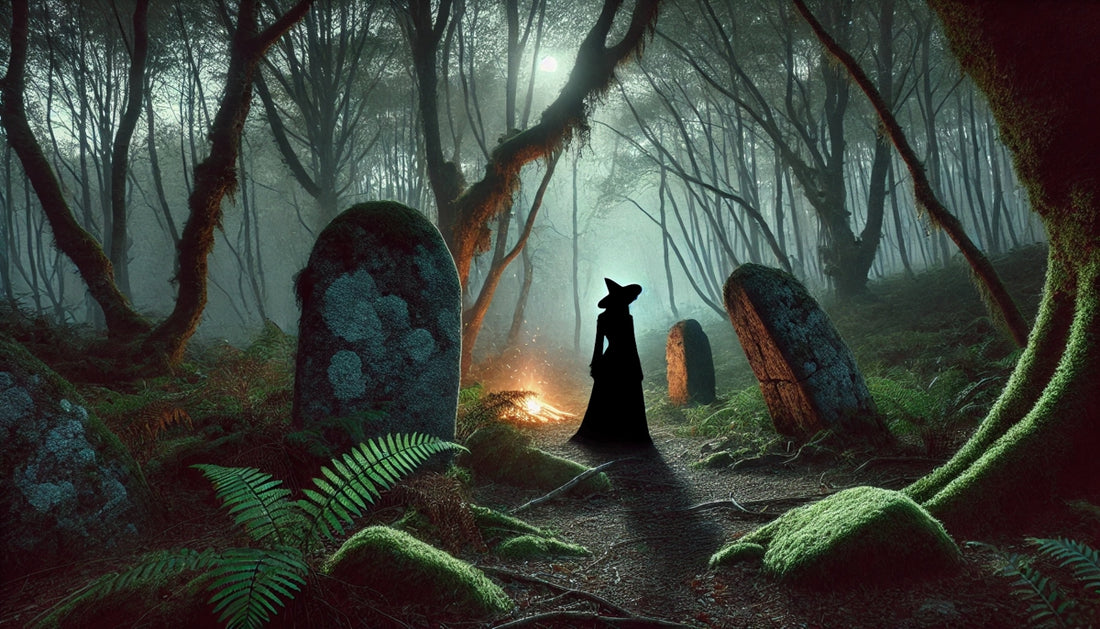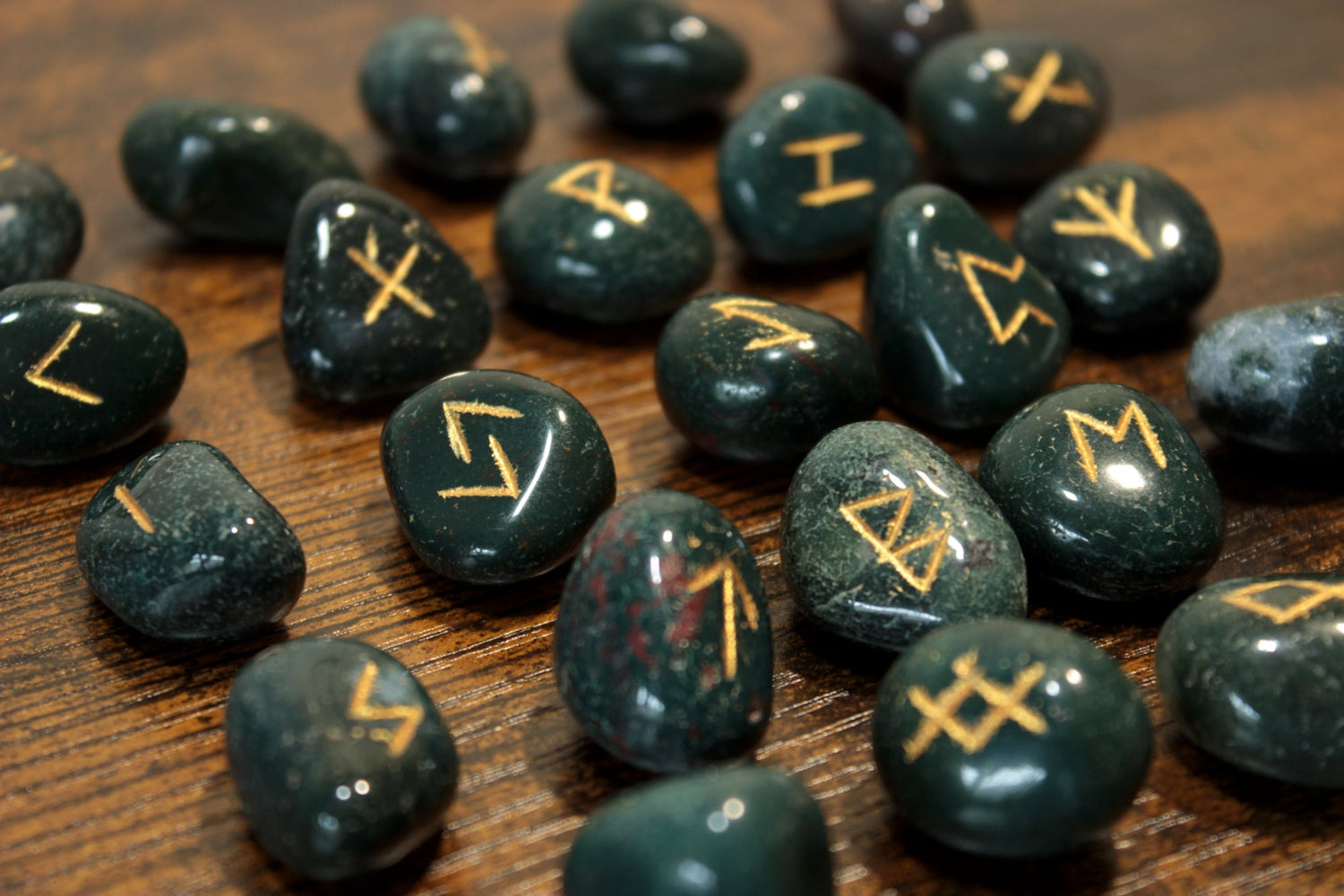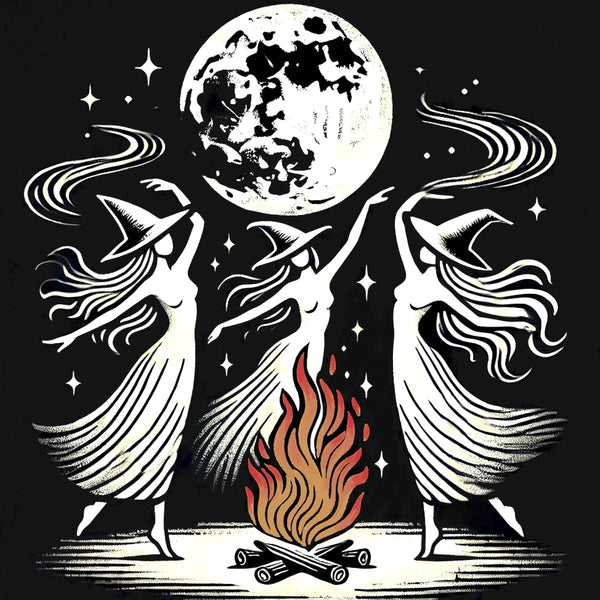
The Galician Witch: Between Legend and Reality
The Galician Witch: Between Legend and Reality
Galicia, a land of mysteries, mountains and raging seas, has always had a special relationship with the supernatural. Among its humid forests and its villages full of history, the figure of the meiga has reigned in the popular imagination for centuries. But who were these women really? Were they wise healers or true witches capable of altering destiny?
The Origin of the Meiga: Ancestral Wisdom and Fear of the Unknown
The term "meiga" comes from the Latin magica , a word evoking power and knowledge of the occult arts. Unlike witches in other regions of Europe, Galician meigas were seen as dual figures: on the one hand, they were feared for their supposed connection to evil and spirits, but on the other, their deep knowledge of nature, health and remedies was respected.
Since ancient times, Galicia has been a land of magical beliefs, where the supernatural was always present. Christianity coexisted with ancient pagan beliefs, and many of the practices of the witches endured in the form of rituals and cures that were passed down from generation to generation. This syncretism is key to understanding the importance of witches in rural Galician society.

Types of Witches: The Different Faces of Power
In the popular imagination, not all witches are created equal. There are multiple legends describing different types of these magical figures, and not all of them were feared or evil. In fact, some witches were seen as protectors and benefactors, while others were clearly figures to be avoided.
-
Witch Chuchona : Probably the most feared of all, the Witch Chuchona was known for stealing the life energy of people, especially small children. It was said that she could suck the life out of her victims while they slept, weakening them little by little.
-
Meiga Boa : In contrast, the meiga boa (good witch) was seen as a healer and protector. These witches used their knowledge of herbs and rituals to cure illnesses, protect homes from evil influences, and bring prosperity to villages.
-
Feiticeira : Although often confused with witches, witches were best known for practicing black magic and evil spells. Unlike witches, who could have a dual role, witches were exclusively dedicated to destructive magic.
Legends of Witches: Between Fear and Respect
In rural Galicia, stories of encounters with witches were part of everyday life. Grandparents told how these women could appear at crossroads during the night, or how whispers in the woods were the sign of their presence. They were credited with the ability to control the weather, ruin crops or cure the sick.
A popular tale is that of the witch who, angry with a neighbor who offered no help, made everything he touched useless. His tools broke, his animals fell ill, and his family fell into disgrace, until he himself asked for forgiveness. Only then did the witch remove the curse.
Not all stories about witches were dark, however. In many villages, women were respected for their ability to prepare herbal remedies, perform protective prayers, and ward off evil spirits. Boa witches were consulted to resolve all kinds of problems, from illnesses to love issues.

Witch Hunt: The Persecution of the Meigas
As in the rest of Europe, Galicia was no stranger to witch hunts. During the 16th and 17th centuries, the Inquisition carried out trials against women accused of witchcraft. Many of them were wise healers, midwives and women who maintained a deep knowledge of herbs and rituals, which made them easy targets for accusations of witchcraft.
However, in Galicia, the persecution was not as fierce as in other parts of Europe. The deep connection of the Galician people with their traditions meant that many witches were able to continue practising their art in secret, under the protection of their communities.
Meigas Today: A Symbol of Feminine Power
Today, witches have transcended their role as feared or mystical figures. Many women in Galicia and beyond see them as a symbol of feminine power, ancestral wisdom and resistance to oppression. In a modern world where the spiritual is once again gaining importance, witches represent that connection between humans and nature, mystery and personal power.
The resurgence of pagan spirituality and witchcraft has brought with it a new appreciation for these figures. In many current practices, meigas are revered not only for their connection to the supernatural, but also for their wisdom about the earth and its cycles.
The figure of the witch is much more than a Galician legend. She embodies the duality of human nature and the constant struggle between good and evil, power and vulnerability. Today, witches are a symbol of empowerment, ancestral wisdom and the indissoluble connection between women and nature.





